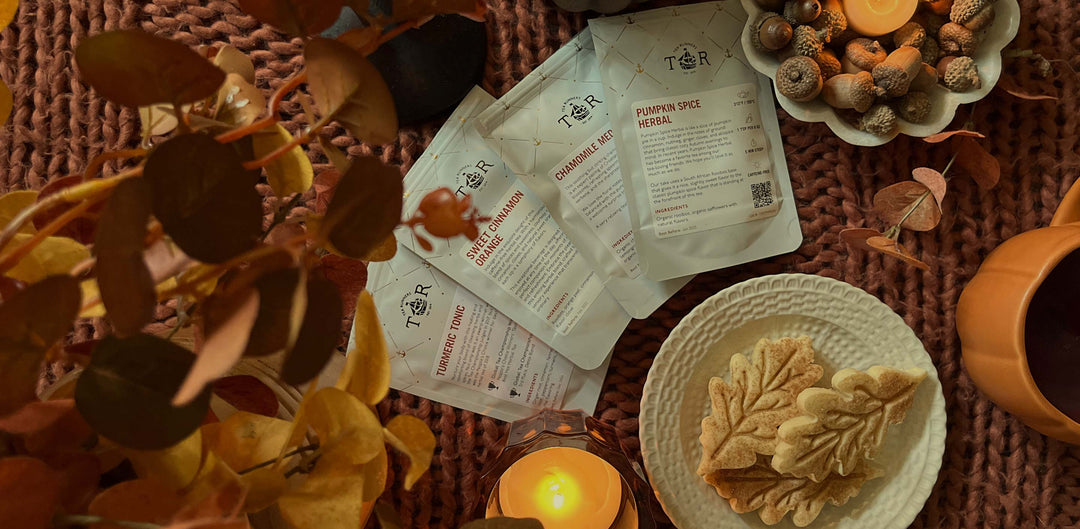Wuyishan. Alishan. Nannuoshan. These are only a few of the mountains famous in the tea world for the impressive teas they produce. Some tea collectors specialize in teas from a single mountain, and most lovers of traditional teas have a favorite. Teas from these mountains go for a much higher price than those produced in more mundane locales, and the limited supply only pushes the cost higher.
There are some tea-producing mountains that have yet to receive the same level of recognition as these but whose teas are every bit as noteworthy. One such is Laoshan, a well loved tourist destination in China that produces fine tea yet is not widely known among tea drinkers outside of China. It has vistas as dramatic as Alishan, history as significant as Wuyishan, and teas as refined as Nannuoshan. Thankfully the teas of Laoshan have in recent years become more available on the international market.
While most tea in China is grown in the warm and wet southern provinces of China, Laoshan is the northernmost commercial tea region in China.

It is located 450 miles north of Shanghai on the coast of the Yellow Sea, dominating the eastern half of the Qingdao peninsula.
Nearby is the city of Qingdao, a city perhaps best known internationally as the source of the beer of the same name. Qingdao beer once advertised that it was brewed with water from springs on Laoshan itself, and the local brewery still claims to do so. At the same latitude directly east across the Yellow Sea are the tea-producing areas of South Korea, and even further are those of Japan.

Laoshan itself is a bit of a geological oddity. It’s a thirty-seven hundred foot tall mass of lumpy granite dominating the Qingdao peninsula, making it the tallest coastal mountain in China. The mountain is known for its abundance of active natural springs, with spectacular waterfalls and impressive views in every direction. The area is now a national park, and a very popular destination for tourists, particularly those with an historic or spiritual inclination.
The mountain has a number of very old and significant Taoist temples, most notably the Taiqing temple, built in 140 BC, an historic pilgrimage site for scholars and emperors alike. Emperor Wu of the Han Dynasty was said to be a visitor during his spiritual education, and a veritable “Who’s Who” of Taoist masters have resided on Laoshan.
It’s no surprise that between the abundant mountain spring water and active Taoist scholarly community, a thriving tea tradition emerged. The green tea they produced quickly became one of the classic teas of China.
 First Flush Competition Grade Laoshan Green Tea
First Flush Competition Grade Laoshan Green Tea
Laoshan green is an oddly bold yet delicate green tea. The leaves are small and intense in color. The aroma is sweet and brothy, like walking through a lush vegetable garden early in the morning. The brewed tea is bright yellow in color, and the taste is rich and honeyed with a very mild astringent tang. It packs an unusual punch for a Chinese green tea, yet it had a refined rather than coarse character.
While tea is no longer grown on the upper reaches of Laoshan proper, it is grown on the lower elevations of the surrounding foothills, using the same spring waters that gush forth down the sides of Laoshan. The same teas are made today, hand-plucked and hand-processed using very much the same techniques.

Imperial Grade Laoshan Black Tea
One change that has occurred in Laoshan tea is the appearance of Laoshan black teas. Although a more recent invention than Laoshan green, the black teas of Laoshan have made a solid name for themselves. They retain the fine care of plucking and processing of the green tea to gently craft an oxidized version that manages to keep the odd dichotomy of powerful flavor and delicate refinement. It is predominantly sweet but with notes of chocolate and interesting hardwoods. Laoshan black tea is now a legitimate family of tea in its own right, and increasingly sought after by those who like complexity and subtlety in their black teas.
The unusual characteristics of Laoshan tea can be attributed largely to the difficult growing conditions. The northern latitude makes this growing region colder than most, although the nearby ocean mitigates that somewhat. Still, the winters are cold enough that some farmers protect their tea bushes through seasonal coverings or even greenhouses for the young plants.
The rocky granite hills and soil would not be ideal for most crops, but the plants produce much better tea when they are forced to struggle. They absorb more minerals from the surrounding rocks and highly mineralized spring water, and their leaves are richer with the oils of a hardier plant. As a result, tea grown on the Laoshan foothills are far more interesting than if they had been grown on flat, well-fertilized farmland.
The tea plants of Laoshan are gladiators who have survived unpleasant conditions, slightly scarred but all the hardier for it. But the fresh new leaf growth is unblemished and delicate. It is this contrast that makes Laoshan teas what they are, a tea oddity worth seeking out.
Shop our Laoshan Tea
Laoshan Teas are one of our personal favorites teas here at Tea Runners!

Classic Laoshan Green
This robust tea bursts with the bright vegetal notes of spring. It steeps to a thick liquor with notes of green grass and toasted nuts, easing to an ever-so-slightly sweet finish.
Classic Laoshan Green may be stronger than most green teas you’re used to, but its overall smoothness and elegance makes it a real crowd-pleaser.

Classic Laoshan Black
Laoshan is a small village near the sea in northeast China. Laoshan black teas are usually small and tippy, lacking the white pekoe-style hairs that give black teas their golden color.
Classic Laoshan Black, grown under the shadow of a sacred mountain, is very smooth and viscous with a robust flavor that has a distinct dark chocolate bite.
People often question whether sugar was added to this tea, but it's simply the weather and soil that make this tea naturally sweet and thick.
Classic Laoshan Black is one of our personal favorites at Tea Runners. It's a tea we always have on our shelf at home!

Imperial Grade Laoshan Green
Grown in a small village near a sacred mountain in northeast China, this family-farm tea is crafted from the tippiest first flush leaves of spring.
Imperial Grade Laoshan Green brews a sweet and savory cup with notes of chestnut, umami, and sweet green grass touched by rain.
A delicious green tea and a lovely way to spruce up your afternoon.

Imperial Grade Laoshan Black
Imperial Grade Laoshan Black is the highest grade version of the already high grade Classic Laoshan Black.
This tea comes from the small family farm of the Liang family where all the growing and processing is done on site, under their strict control, to produce the highest quality result.
What separates this tea from the Classic Laoshan Black is that it's produced from the smallest tippy materials of the tea plants, which are hand selected one leaf at a time during the picking process and set aside for this small batch of tea.
This tea starts its growth under the protection of a greenhouse in the winter and early spring, then it's exposed to direct sunlight until picking season starts in late April to early May.
This tea is wonderfully sweet and thick, with notes of cane sugar and chocolate.
One of our favorites!

First Flush "Competition Grade" Laoshan Green Tea
Picked at the chilly beginning of spring, this beauty comes from Laoshan village, where tea has been grown for generation after generation. We love all of the teas from Laoshan, but this one in particular is a perfectly balanced green tea with mouthwatering umami notes. Sweet but savory with a fresh and vegetal profile, this tea is sure to please.








I don’t usually drink black teas, but that Laoshan black that I got in a Tea Runners pack last summer was absolutely delicious. I am now a fan of Laoshan black and look forward to it being available in your 2023 offering. Thanks for introducing me to a new favorite cuppa!
Leave a comment